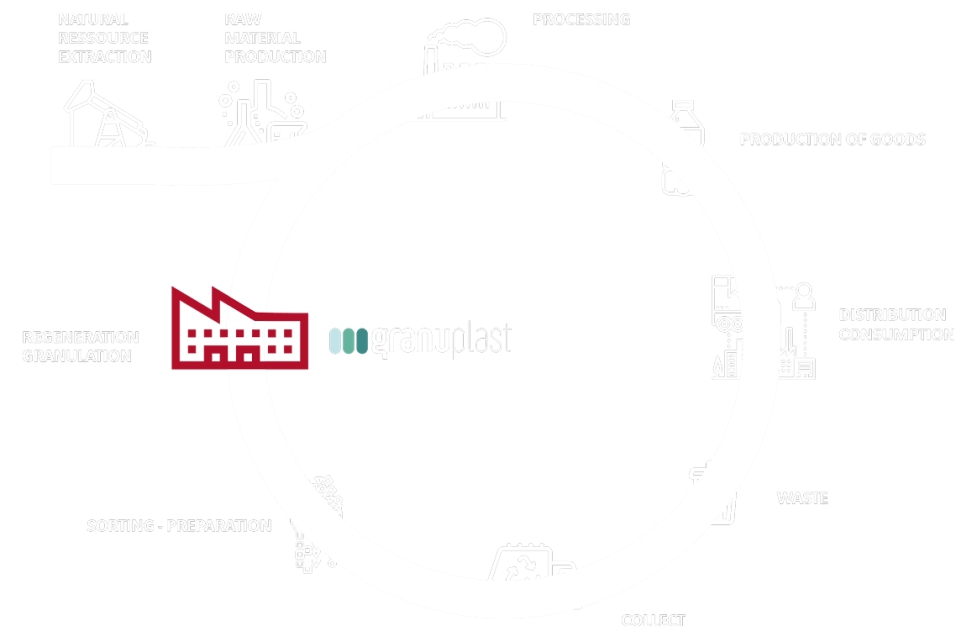FROM SIMPLE WASTE
TO PURE PLASTIC
Granuplast enhances the recycling of HDPE and PP through its industrial process, transforming them into r-HDPE and r-PP pellets with an exceptional level of purity close to that of virgin resin. This achievement is made possible by the use of an electrostatic separator or triboelectric sorting.
RECYCLE
TO THRIVE
Granuplast significantly contributes to a more sustainable future by regenerating HDPE and PP plastics, thus reducing the industrial impact on our environment.
INNOVATE
TO PRESERVE
Granuplast and its three sustainability pillars
GRANUPLAST, AT THE HEART
OF THE CIRCULAR ECONOMY
As a regenerator, Granuplast contributes to the circular economy by transforming HDPE and PP waste into r-HDPE and r-PP pellets, ready to be used in extruders or injection molding machines.













